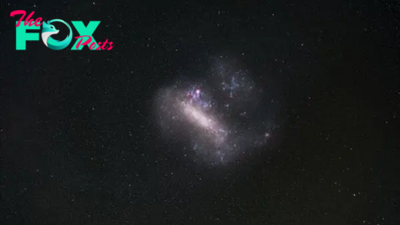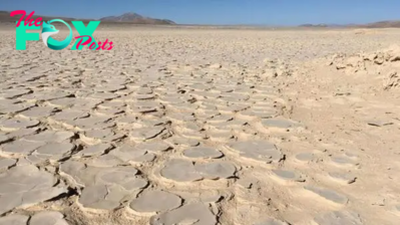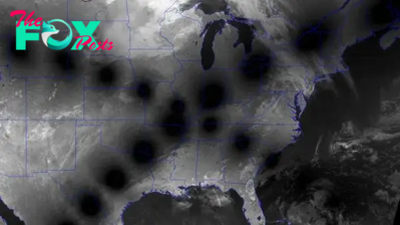Science
How to make a solar eclipse viewer to safely watch the total solar eclipse on April 8
On April 8, a total solar eclipse will streak across North America, passing northeast from Mexico to Canada. Viewers in 15 U.S. states along the path of totality will have a chance to see the fully obstructed sun, while nearly every other state will see at least a partial solar eclipse.
But no matter where you view the eclipse from, you need to do it safely. It's extremely dangerous to look at the sun, even if most of its light is obscured by the moon. Just as a magnifying glass can focus enough sunlight onto a leaf to start a fire, the lens in your eye can also focus that sliver of light onto your retina to burn it. And because retinas have no pain receptors, you can damage your vision without even feeling it happen.
Let us make this perfectly clear: Don't look at the sun during a partial solar eclipse! Only during the few minutes of totality, when the sun's disk is completely covered by the moon, is it safe to view the eclipse with naked eyes.
Instead, NASA advises wearing a pair of approved solar eclipse glasses, or viewing the phenomenon indirectly through a handheld eclipse viewer. If you don't have any of those things on hand, don't stress; the best way to view an eclipse is through a simple pinhole camera, which can be made with materials lying around your house. Here's how.
Related: Places with the best weather to watch the April 8 solar eclipse (and what happens if it's cloudy where you are)
What you'll need

To build one, all you need are a few household supplies: a box (a shoebox will work), a small piece of tinfoil, a white sheet of paper, tape, a pin or needle and a box cutter or X-Acto knife.
Step 1

Cut a small hole, about 1 inch (2.5 centimeters) across, in one end of the shoebox, near the top edge.
Step 2

Tape a piece of tinfoil over the hole.
-

 Science2d ago
Science2d agoHundreds of black 'spiders' spotted in mysterious 'Inca City' on Mars in new satellite photos
-

 Science2d ago
Science2d agoScientists find one of the oldest stars in the universe in a galaxy right next to ours
-

 Science2d ago
Science2d agoEerie, orange skies loom over Athens as dust storm engulfs southern Greece
-

 Science2d ago
Science2d agoHidden 'biosphere' of extreme microbes discovered 13 feet below Atacama Desert is deepest found there to date
-

 Science3d ago
Science3d agoYellowstone Lake's weird resistance to climate change could be about to crack
-

 Science3d ago
Science3d agoEarth's magnetic field formed before the planet's core, study suggests
-

 Science3d ago
Science3d agoEnormous explosion in 'Cigar Galaxy' reveals rare type of star never seen beyond the Milky Way
-

 Science3d ago
Science3d agoAn Animated Guide to the Rare 2024 Cicada Co-Emergence

















